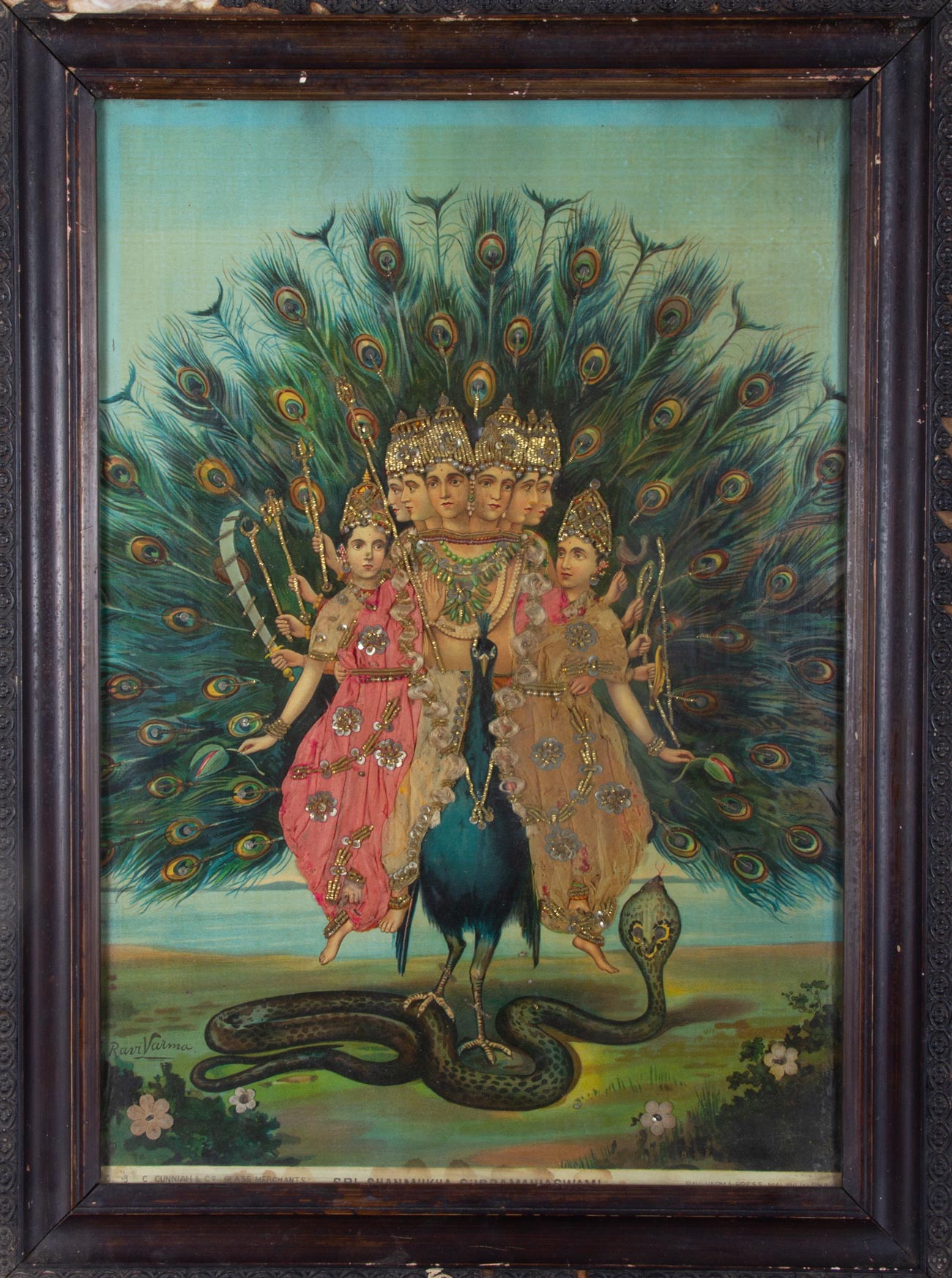- Home
- Kartikeya (Subramanyaswami) - 04
Loading...
Kartikeya (Subramanyaswami) - 04
by Raja Ravi VarmaAll orders are insured for transit.
This item cannot be shipped outside India.
All orders are insured for transit.
This item cannot be shipped outside India.
Details
| Medium: | Oleograph (Decorated) |
| Press: | Ravi Varma Press Malavli-Lonavla |
| Condition: | Good Condition, Damage to Frame |
| Size: | 23.5 x 17.5 inches (Framed) |
| Signature: | Bottom Left |
Description
This oleograph is signed by the artist, Raja Ravi Varma and has been printed at the Ravi Varma Press, Malavli-Lonavala. The artwork is elaborately decorated using fabric, zari work and sequins. The frame has suffered some damage on the top left, due to passage of time.
-
Description
Read MoreSubramanyaswami, more commonly known as Kartikeya, is the Hindu God of War. He is the son of Lord Shiva and Parvati and brother of Ganesha. Subramanya's life story has many different versions in Hinduism. He is typically represented as a youthful man, with a peacock near him. Some depictions, such as this one, show him with six heads, reflecting the legend around his birth, where six mothers supposedly took care of him as a new born baby.
This oleograph is signed by the artist, Raja Ravi Varma and has been printed at the Ravi Varma Press, Malavli-Lonavala. The artwork is elaborately decorated using fabric, zari work and sequins. The frame has suffered some damage on the top left, due to passage of time. -
ABOUT Raja Ravi Varma
Read MoreRaja Ravi Varma (1848-1906) was a celebrated Indian artist, famous for his realistic portrayal of Indian gods, goddesses and mythological characters, in scenes adapted mainly from the Mahabharata, Ramayana and the Puranas.
Considered to be one of the greatest painters in the history of Indian art, Ravi Varma fused European techniques with a pure Indian sensibility. Though a protégé of royalty, Raja Ravi Varma was the first to make prints (or lithographs) of his artworks affordable and easily available, bringing fine art to the masses. In fact, the Raja Ravi Varma Press was started in Mumbai by him in 1894, and managed by his brother Raja Varma, before being bought over by a German company.
An original 1890 Ravi Varma oil on canvas, titled 'Radha In The Moonlight' was sold for a whopping Rs. 20 crores at a Pundole auction in November 2016.
-
ABOUT Oleographs
Read MoreOleographs, also called chromolithographs, are multi-colour art prints, stemming from the process of lithography. Pioneered in the 1830s, the process of producing oleographs came into wide commercial use in the 1860s. The technique relied on using several woodblocks or stones with colours for printing, while hand-colouring remained an important aspect as well. Depending on the number of colours present, an oleograph could take months to produce by very skilled workers. Poor preservation and cheaper printing alternatives have made oleographs hard to find. Today, they are mainly used as fine art.
-
Details
Medium: Oleograph (Decorated) Press: Ravi Varma Press Malavli-Lonavla Condition: Good Condition, Damage to Frame Size: 23.5 x 17.5 inches (Framed) Signature: Bottom Left -
Returns
We accept returns within 7 days of delivery if the item reaches you in damaged condition. -
Shipping
Shipping costs are extra, and will be calculated based on the shipping address.All orders are insured for transit.
This item cannot be shipped outside India.
This item has been added to your shopping cart.
You can continue browsing
or proceed to checkout and pay for your purchase.
This item has been added to your
shopping cart.
You can continue browsing
or proceed to checkout and pay for
your purchase.
This item has been added to your wish list.
You can continue browsing or visit your Wish List page.
Are you sure you want to delete this item from your Wish List?
Are you sure you want to delete this
item from your Wish List?

































































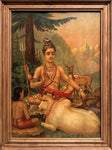















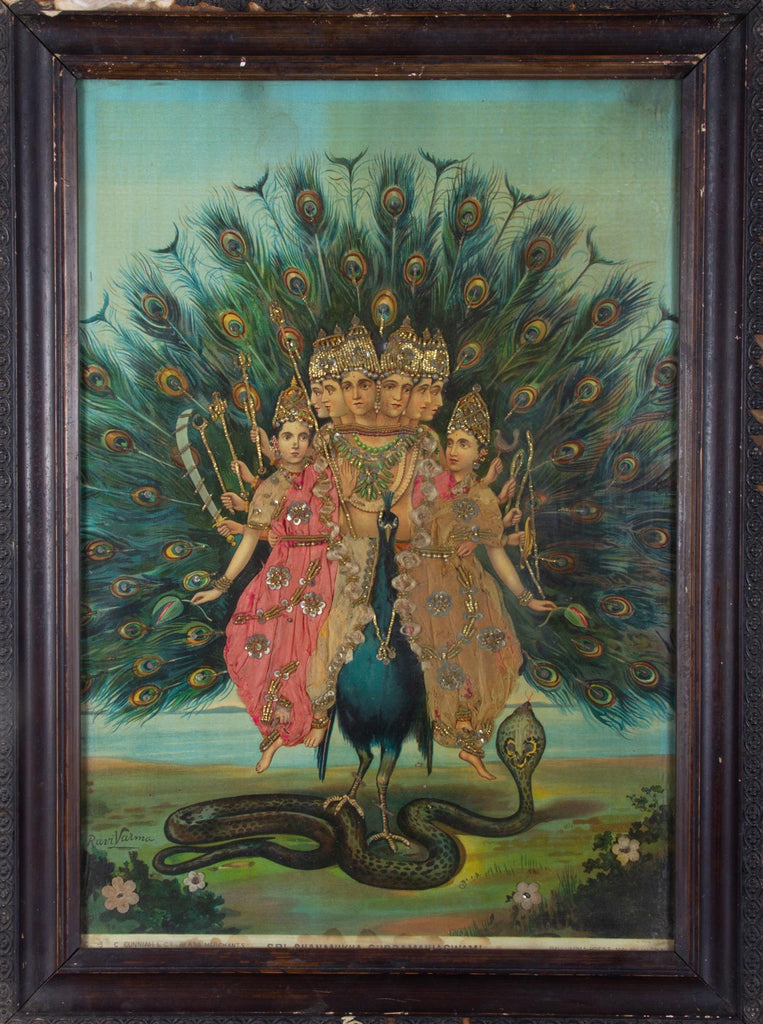
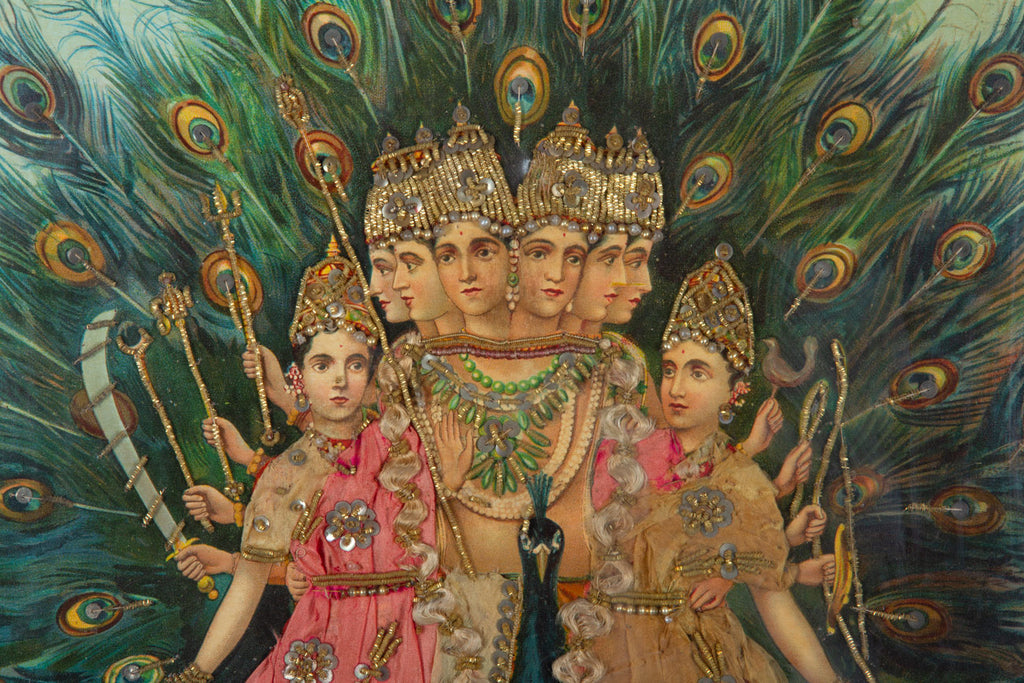
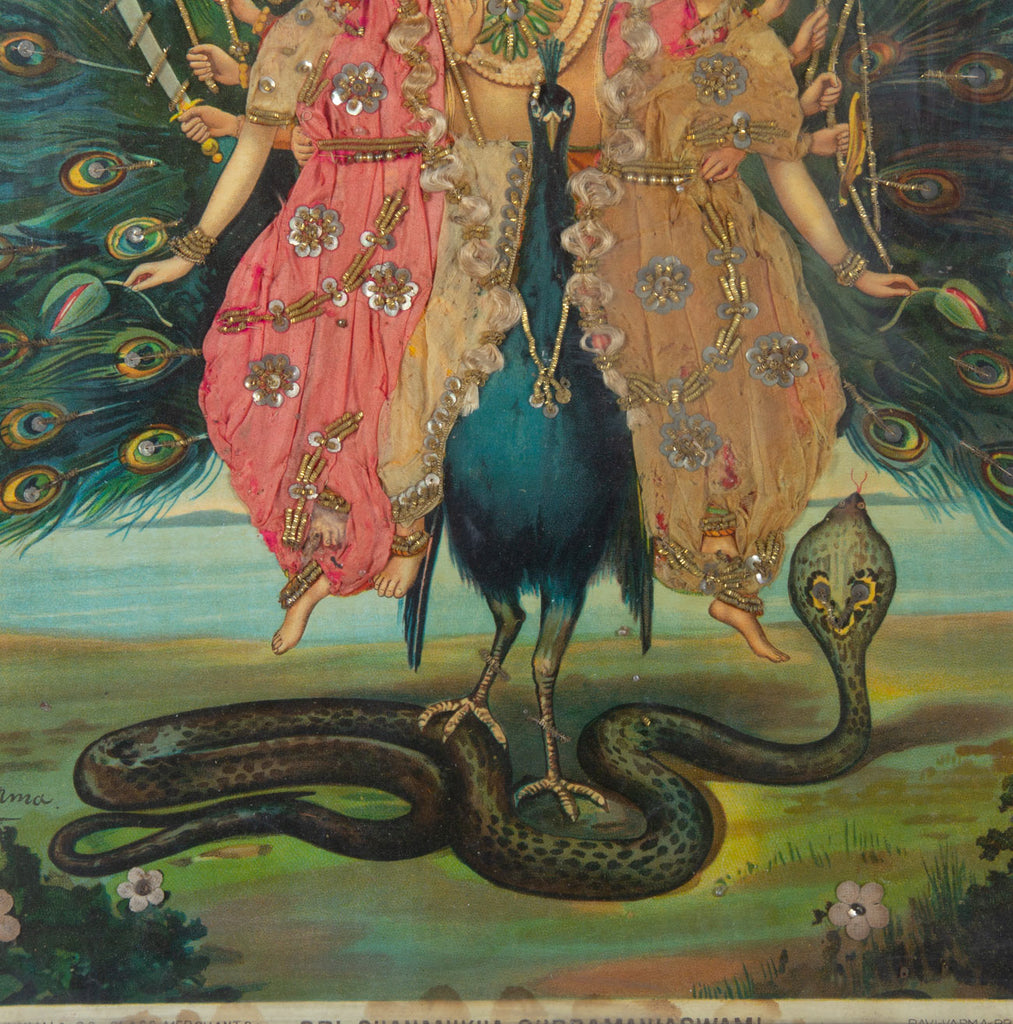
 View Full Screen
View Full Screen
